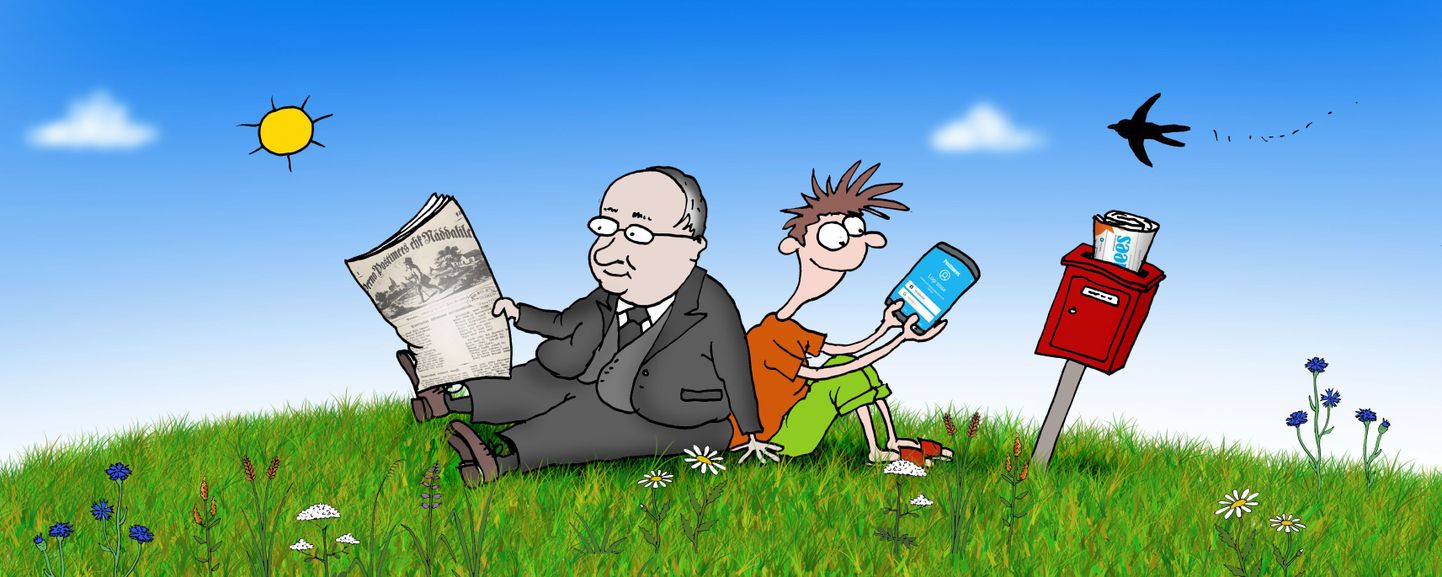In such moment one lingers for a mere second before every journalist knows where to go, what to do and who to speak to. The result is an extensive report of the event and the goal is informing the reader about what is important and matters to him.
When discussing the reputation for reliability of Postimees, we should certainly mention, besides Jannsen and Karl August Hermann, Jaan Tõnisson as the longest-lasting editor-in-chief and Mart Kadastik, who restored the name of the newspaper and made Postimees Estonia’s largest daily once more. The result of both the latter gentlemen’s efforts was a reliable and conservative daily, which had no place for cheap sensations. Yet they both valued folksy manners, which brought easier reading to accompany harsh political issues.
I often ask myself, how frequently can we surprise and inspire our readers. This aha-effect is what provides extra motivation to steady readers, attracts the youths to news and brings new people to Postimees. This can be done by kind words, bright ideas, shocking news or amusing discoveries. In order to attract the reader’s attention in an era saturated by information, a newspaper must be smart and absorbing, besides being important and reliable.
Reliability, tradition and inspiration are the three pillars, on which rests the relation between Postimees and its readers. Our current time includes the need to find balance between the readers of the paper issue and electronic version. I often hear the question: when will Postimees publish its last paper issue. This is obviously carried by the success of online media, but even modest calculations show that publishing the paper issue will remain practical even several decades later.

